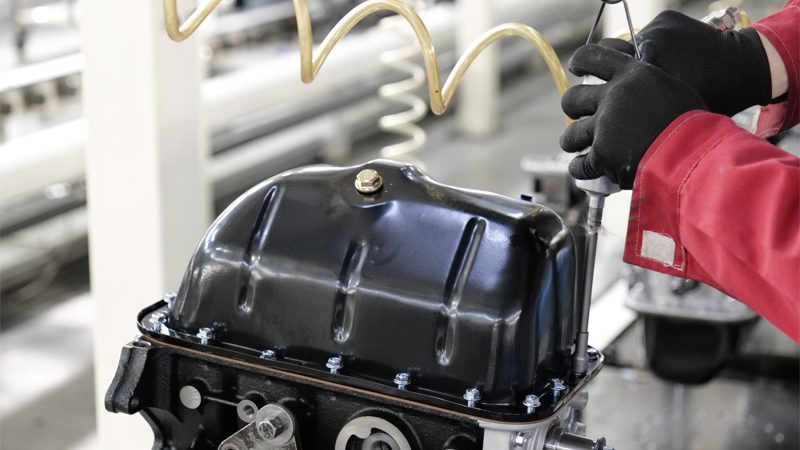When it comes to keeping your engine healthy, few things are more important than proper lubrication. Whether you’re driving a daily commuter or building a track-ready performance machine, the oiling system you choose—wet sump or dry sump—can make a big difference.
In this guide, we’ll break down how each system works, compare their pros and cons, and help you decide which one is right for your build or application.
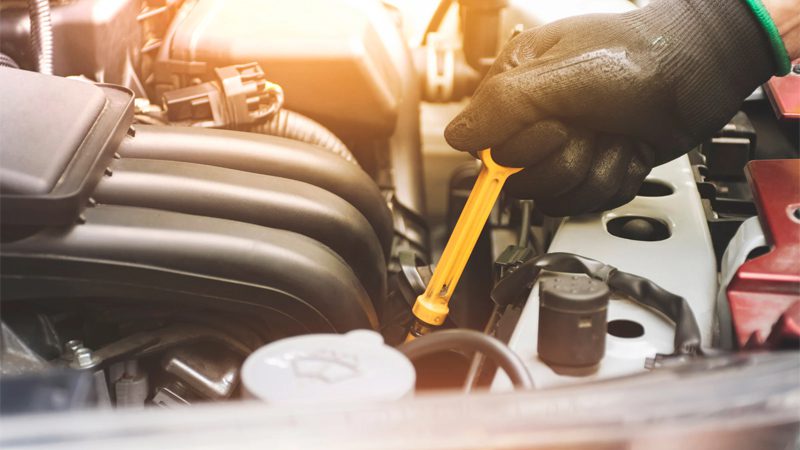
What Is a Wet Sump Oil System?
The wet sump system remains the most widely used oiling method in modern internal combustion engines. It’s simple, reliable, and ideal for everyday driving.
How It Works
A wet sump system stores engine oil in a sump pan beneath the engine block. Oil collects there after circulation, and a stock oil pump draws oil from the sump, sends it through the engine to lubricate vital components, and gravity returns it back to the oil pan (or oil sump). It’s a straightforward loop with few moving parts.
Where You’ll Find It
Wet sump systems are used in the majority of street cars, including vehicles like the Toyota Camry, Honda Civic, and Ford F-150. Unless you’re racing or building for extreme performance, your car likely runs a wet sump system.
Advantages
- Simple and inexpensive to maintain and repair
- Compact design that fits easily into most engine bays
- Widely available components and aftermarket support
Disadvantages
- At high speeds or during hard cornering, excess oil can slosh away from the oil pickup tube, leading to temporary oil starvation, reduced lubrication, and potential engine damage.
- Oil aeration can occur when oil is churned by the crankshaft, reducing lubrication effectiveness
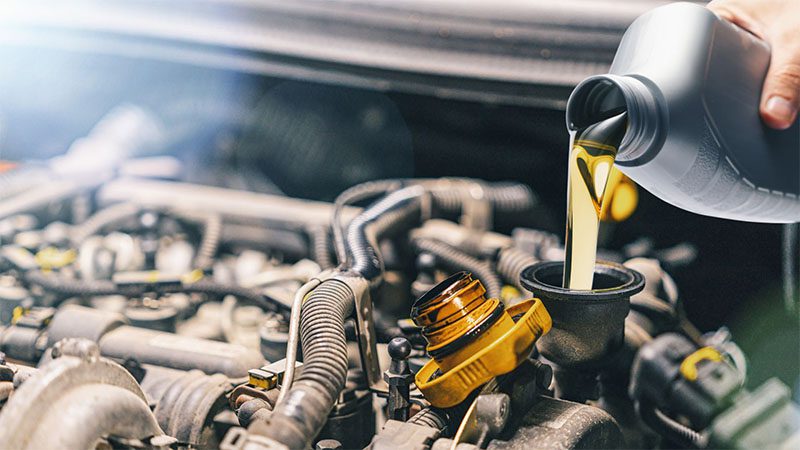
What Is a Dry Sump Oil System?
Dry sump systems are the go-to choice for professional motorsports and high-end performance builds. While more complex, they offer superior control and reliability under demanding conditions.
How It Works
Instead of storing all the oil in the engine pan, a dry sump lubrication system uses a scavenge pump to pull oil out of the crankcase and send it to an external reservoir. A separate pressure pump then delivers oil back into the engine at a consistent and controlled rate.
What’s Included
- Scavenge and pressure pumps
- An external oil tank
- Additional lines, fittings, and sometimes an oil cooler
Where You’ll Find It
High-performance vehicles—such as track cars, off-road racers, drag builds, and supercars like the Corvette Z06 and Porsche 911 GT3—often use dry sump systems for superior oil control. They’re also the standard in Formula 1 and endurance racing, where consistent lubrication under extreme conditions is critical.
Advantages
- Maintains steady oil pressure even under extreme G-forces
- Ensures an uninhibited oil supply, preventing flow disruption during demanding driving conditions
- Prevents oil starvation during aggressive acceleration, braking, or cornering
- Utilizes a shallower oil pan, allowing the engine lower placement in the chassis, which improves the center of gravity and enhances handling.
- Reduces internal drag, which can free up a bit more power
Disadvantages
- More complex and takes up more space under the hood
- Significantly more expensive than a standard wet sump system
- Installation and maintenance require more effort and expertise
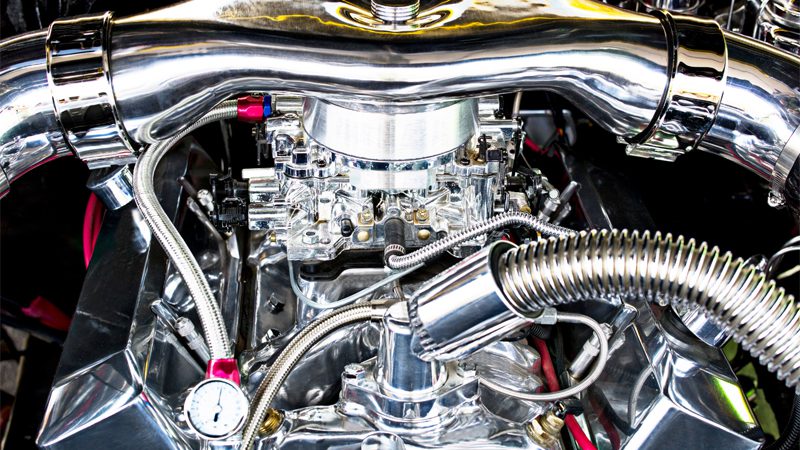
Wet Sump vs Dry Sump: Key Differences
| Feature | Wet Sump | Dry Sump |
|---|---|---|
| Oil Storage | In oil pan | In separated reservoir |
| Oil Outlet | Basic, single outlet prone to aeration | Multi-point oil outlet for clean, controlled return flow |
| Oil Supply | Stability Can vary under high G-forces due to oil slosh | Stable oil flows, even in extreme conditions |
| Cost & Complexity | Low cost, easy to install | Expensive, complex installation |
| Maintenance | Simple, low-maintenance | Requires more upkeep |
| Application | Street cars, daily drivers | Racing, high-performance engines |
| Engine Height | Higher due to deeper oil pan | Lower center of gravity improves handling |
| Performance Impact | Adequate for most users | Reduces viscous drag and improves top-end performance |
Selecting the Right Oil System
So which one’s right for you?
If you’re building a car for daily driving, mild performance, or budget-conscious tuning, a wet sump system will serve you well. It’s proven, reliable, and more than enough for 90% of road conditions.
On the other hand, if you’re building a race car, tackling high-speed track days, or need rock-solid oil pressure under all conditions, a dry sump system might be worth the investment. Yes, it’s more complex and costly—but it offers real benefits where it counts.
Ultimately, it comes down to how you use your engine and what your performance priorities are.
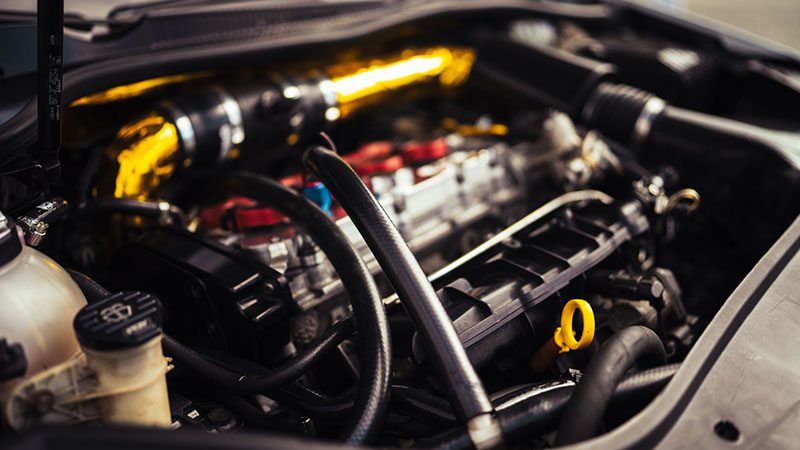
Can You Switch Between Wet and Dry Sump Systems?
If you’re running a wet sump setup but frequently push your engine hard—on the track, off-road, or at sustained high RPM—you might wonder: can I upgrade to a dry sump system? The short answer is yes. But, like most performance upgrades, it comes with trade-offs.
What’s Involved in a Dry Sump Conversion
Aftermarket dry sump kits are readily available for popular engine platforms like the LS, Coyote, and JZ series. A typical kit includes:
- A multi-stage oil pump
- Scavenge lines and fittings
- A shallow or modified oil dry sump pan
- An external oil tank, which often requires custom mounting
- Many systems also include an adjustable pressure regulator, allowing precise control over oil pressure to match engine demands—particularly useful for track-tuned or high-RPM builds.
The benefits are significant: consistent oil pressure, reliable lubrication under high G-forces, improved engine longevity, and even slight increases in power thanks to reduced oil drag on the crankshaft and rotating assembly.
Is It Right for You?
Before making the switch, ask yourself:
- Space – Do you have room for an external oil tank and additional plumbing?
- Complexity – Are you prepared to deal with added installation, heat management, and ongoing maintenance?
- Value – Will the performance gains truly benefit how you use your vehicle?
For track cars, endurance builds, and serious high-performance applications, the answer is often yes. But for street builds, weekend cruisers, or lightly modified engines, a properly designed wet sump system remains a reliable, cost-effective solution.
Note: While it’s technically possible to convert a dry sump system back to wet sump, it’s rarely done—and typically only considered when repurposing a race engine for street use.
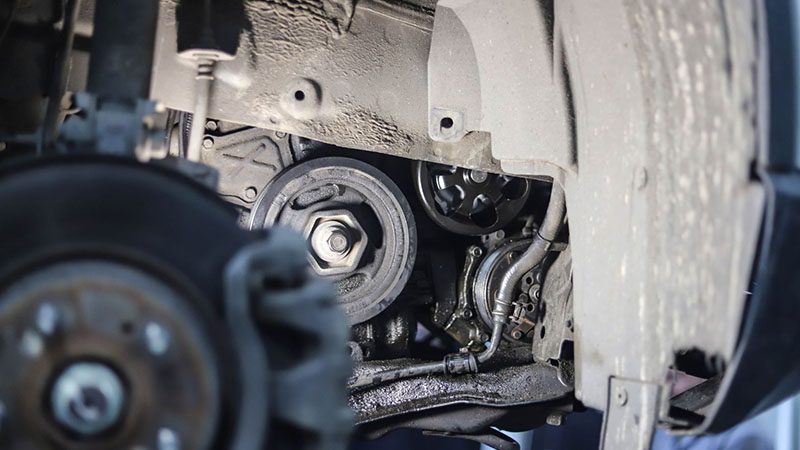
FAQ
What is a dry sump oiling system?
It’s a system where oil is stored in a separate tank outside the engine and circulated by external pumps, allowing more oil flow and providing more stable lubrication—especially under extreme driving conditions.
Is a dry sump better than a wet sump?
For racing or performance use, yes. It prevents oil starvation, increases oil capacity, and improves power output. For most street cars, though, a wet sump is more than sufficient.
Can I convert my engine to a dry sump?
Yes, but it’s not cheap or simple. You’ll need a full conversion kit and enough space for the external oil tank and plumbing.
Do I need a dry sump system for daily driving?
No. It’s overkill for daily use. A wet sump is more affordable and perfectly reliable for normal driving.
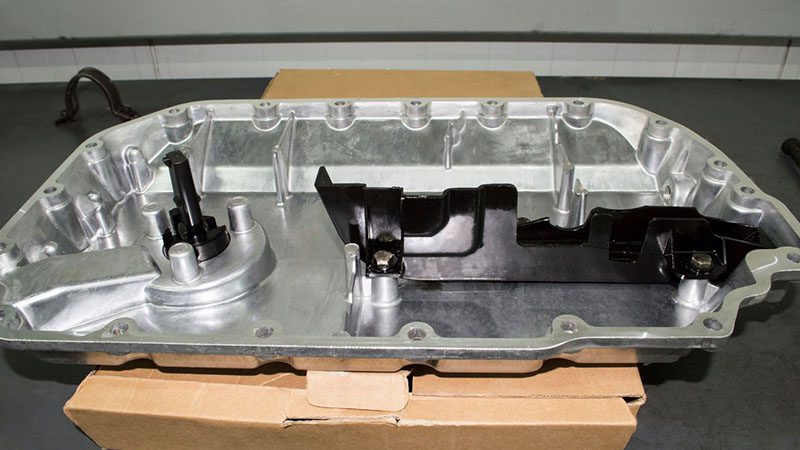
Conclusion
When it comes to choosing between a wet sump and a dry sump oiling system, the right answer depends entirely on your engine’s purpose. If you’re building a daily driver, street-performance car, or budget-friendly project, a wet sump system offers simplicity, reliability, and cost efficiency.
But if you’re chasing lap times, running sustained high RPMs, or racing in demanding conditions, a dry sump setup delivers the oil control and consistency your engine needs to perform at its best.
As always, consider your power goals, usage scenarios, and long-term plans. An oil system isn’t just about lubrication—it’s about engine reliability, protection, and getting the most out of your build.
About Us
At Nanjing Woda Auto Technology Co., Ltd., we specialize in supplying high-quality engine components to customers worldwide. From camshafts and cylinder heads to complete engine assemblies, we provide durable, precision-engineered parts for OEM replacement, performance builds, and professional motorsports.
With over 25 years of industry experience, we’re proud to support workshops, distributors, and retailers with trusted products and responsive service.
Ready to upgrade your engine? Contact us to explore our catalog and find the right solution for your needs.
